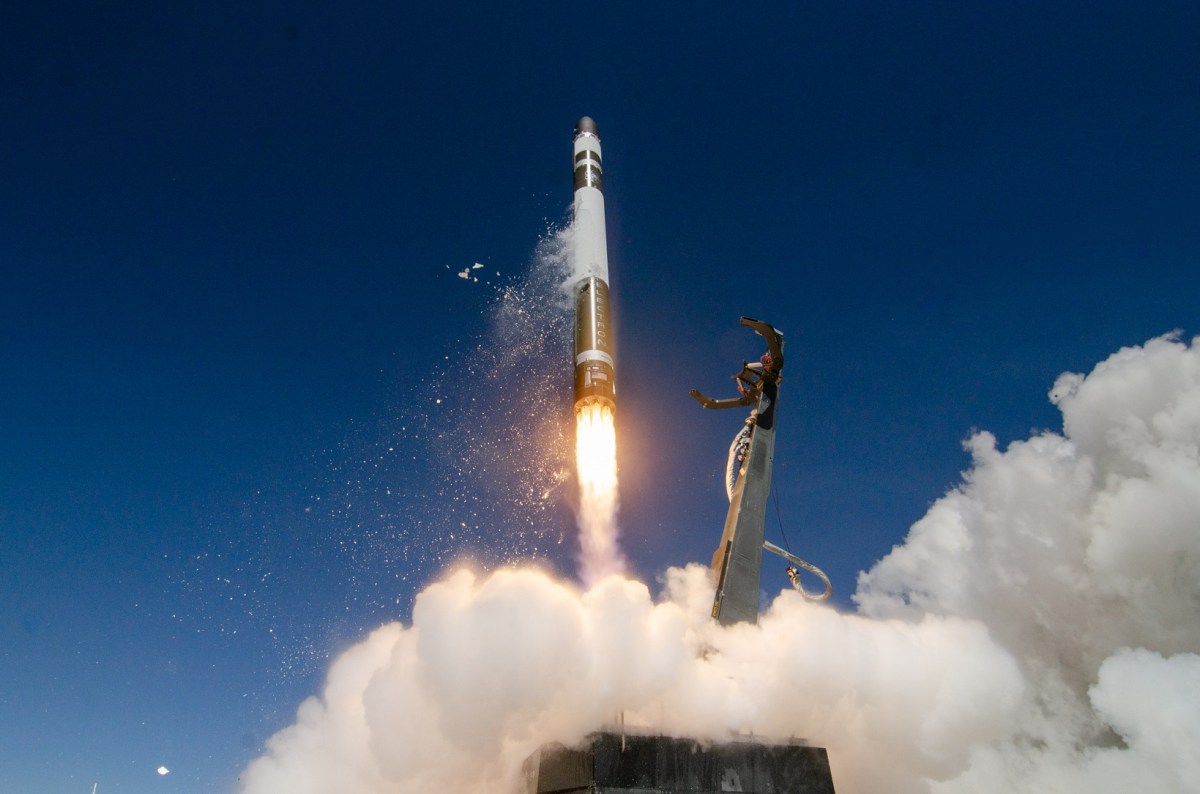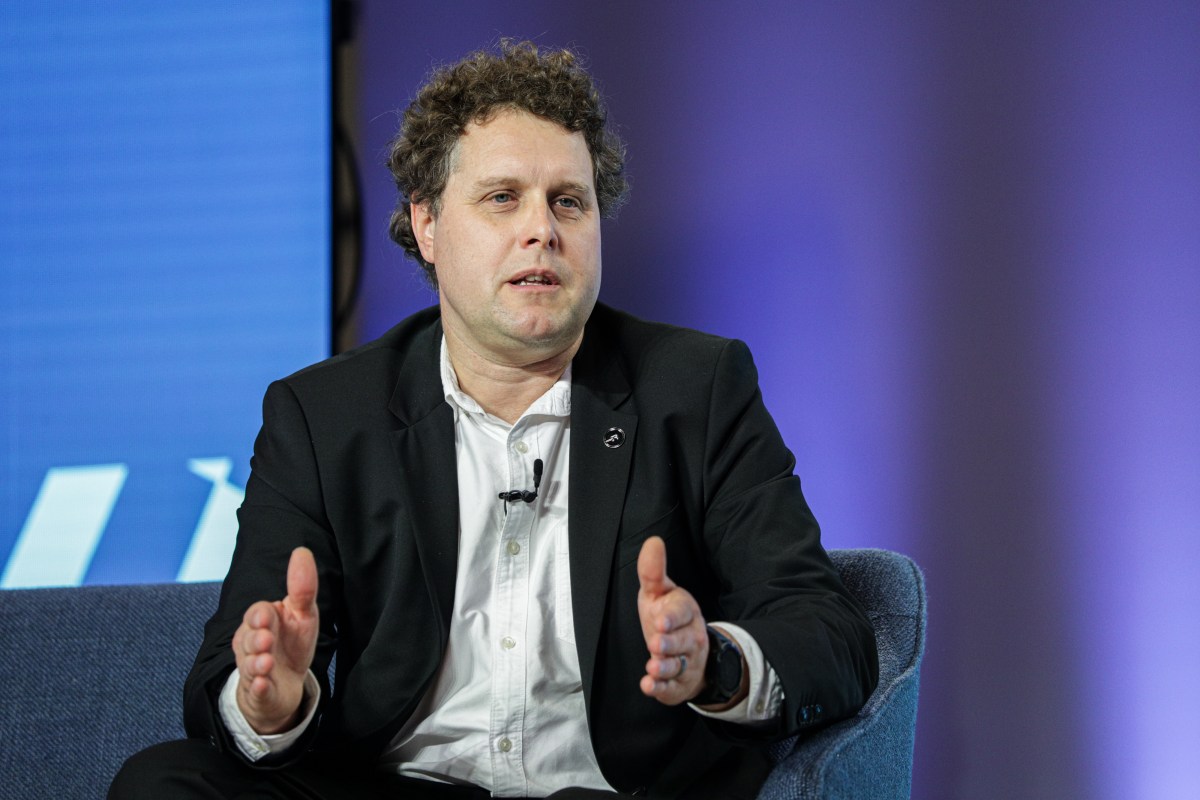NASA to decide Saturday whether astronauts will ride Boeing’s Starliner home — or use SpaceX’s Dragon instead | TechCrunch
NASA officials will announce their final decision on Saturday as to whether two NASA astronauts — Butch Wilmore and Sunita Williams — will return to Earth on Boeing’s Starliner spacecraft or hitch a ride home with SpaceX instead — a decision that could have a huge impact across the rapidly evolving space industry.
Here’s the backstory. Boeing launched its first crewed Starliner mission on June 5 for what was supposed to be an eight-day sojourn on the International Space Station (ISS). The mission is meant to be the final, crucial hurdle before the capsule is certified to conduct regular astronaut transportation flights to and from the ISS.
But in the final phase of its approach to the station, the Starliner spacecraft experienced a series of technical issues — the failure of several thrusters and helium leaks in the propulsion system.
After about an hour’s delay, engineers were able to bring four of the five malfunctioning thrusters back online (there are 28 thrusters on Starliner). But since that point, NASA and Boeing have been engaged in a root cause investigation into the issues, including data analysis of the thrusters onboard Starliner and ground testing of replica thrusters at White Sands Test Facility in New Mexico to study performance under conditions similar to what the spacecraft would experience when it departs the station.
“Our big concern is having a successful de-orbit burn — making sure that the [propulsion] system works just the way it needs to all the way through the de-orbit burn,” NASA associate administrator Ken Bowersox said during a press conference earlier this month.
NASA has acknowledged that officials inside the organization disagree on the correct course of action moving forward. Boeing, for its part, has made public proclamations on the safety of Starliner and the thoroughness of the test campaign.
Saturday’s high-stakes decision will lay the debate to rest. If the agency determines that Starliner is not safe enough to fly home, it would undock from the station empty, and Williams and Wilmore would return onboard a SpaceX Dragon capsule. (Starliner could still safely return to the surface autonomously in this scenario, but the optics aren’t great.)
NASA has already delayed the launch of the SpaceX Crew-9 mission to the ISS by one month, to September 24; Williams and Wilmore would use that vehicle to return to Earth at the end of its stay — in February 2025.
If NASA determines that Starliner should return empty, NASA could bump two astronauts from the Crew-9 manifest to make room for Williams and Wilmore’s return. The other option on the table is for one Starliner astronaut to return with Crew-8 and another with Crew-9, though this would be the first time a SpaceX Dragon flies five crew members at one time.
Unlike Starliner, Dragon has proved its bona fides to NASA. The spacecraft has become critical to the space agency, as it is the sole American-made mode of transportation for astronauts (among other things, global politics make use of Russia’s Soyuz capsule and facilities impossible). SpaceX’s Dragon completed its crewed certification mission back in 2020 and has since conducted eight crewed missions for NASA and a handful more private human spaceflight missions. Starliner is the only credible competition right now, and if it were removed from the board, Dragon would be even more in demand.
NASA leadership, including its head administrator Bill Nelson, will hold what’s known as an “agency-level review” of the data, also called a Flight Readiness Review, on Saturday and hold a press conference shortly after.
Much is on the line for both NASA and Boeing. Boeing has poured over $1.5 billion into its Starliner program, and it’s unclear whether the aerospace giant would continue with its development should this test mission result in a failure. NASA, for its part, has paid Boeing $4.2 billion over the years for development of the spacecraft, with the hopes of having two commercial astronaut transportation providers online. If its decision Saturday results in one being discontinued, it could make for some awkward budget conversations.
Either way, Saturday’s decision will likely be seen as a watershed moment in privately developed spaceflight and public-private partnerships. Tune in at 10 a.m. Pacific time or watch for our coverage on Saturday.



